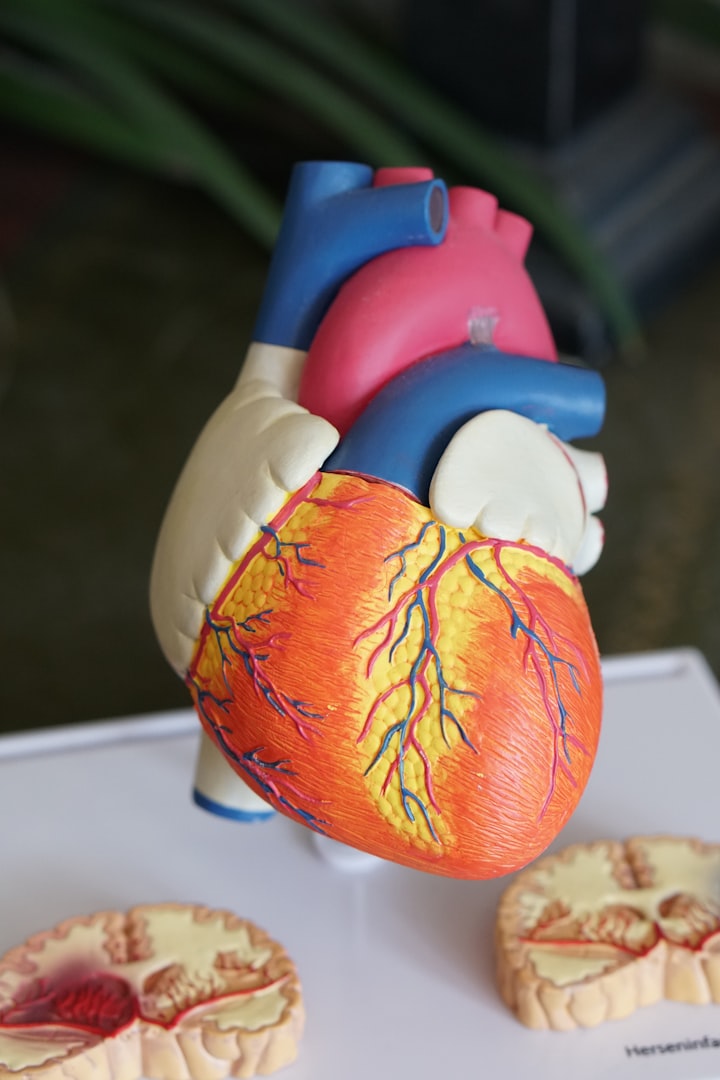The Evolution of Emergency Medical Services (EMS)
The Evolution of Emergency Medical Services (EMS) Advancements and Impact

Emergency Medical Services (EMS) play a crucial role in providing immediate medical care to individuals in critical situations. Over the years, EMS has undergone significant advancements, transforming the way emergency medical care is delivered. This article explores the evolution of EMS, focusing on the technological innovations, training enhancements, and the overall impact on patient outcomes.
Historical Background of EMS
The concept of EMS traces back to ancient times when soldiers were treated on the battlefield. However, it wasn't until the 20th century that organized emergency medical services began to develop. The creation of the first ambulance services, the implementation of telephone systems for emergency calls, and the introduction of basic life support (BLS) systems laid the foundation for modern-day EMS.
Technological Advancements in EMS
2.1. Ambulance and Equipment: The design and capabilities of ambulances have evolved significantly. Advanced life support (ALS) ambulances are equipped with sophisticated medical equipment, including defibrillators, ventilators, and cardiac monitors, allowing for immediate interventions and improved patient care during transport.
2.2. Telemedicine and Communication: The integration of telecommunication technologies has revolutionized EMS. Paramedics can now transmit real-time patient data, including electrocardiograms (ECGs) and vital signs, to medical professionals at the receiving hospital, enabling remote diagnosis and immediate guidance for treatment decisions.
2.3. GPS and Navigation Systems: Global Positioning System (GPS) technology has become an integral part of EMS, enabling accurate navigation and efficient routing to the scene of emergencies. This ensures timely response, reducing travel time and enhancing patient outcomes.
Training and Education in EMS
3.1. Certification and Specialization: EMS personnel undergo rigorous training and certification processes to ensure competence in providing critical care. The introduction of specialized certifications, such as Advanced Cardiac Life Support (ACLS) and Pediatric Advanced Life Support (PALS), has improved the ability to address specific medical conditions effectively.
3.2. Simulation Training: The use of simulation technology has revolutionized EMS education. High-fidelity simulators replicate realistic emergency scenarios, allowing providers to practice skills, decision-making, and teamwork in a controlled environment. This enhances preparedness and improves patient outcomes.
3.3. Continuing Education: The dynamic nature of medical knowledge necessitates ongoing education for EMS professionals. Continuing education programs and conferences ensure that EMS personnel stay updated with the latest advancements and evidence-based practices, enabling them to provide optimal care.
Impact of EMS Advancements
4.1. Increased Survival Rates: The advancements in EMS have contributed to improved survival rates for patients experiencing cardiac arrest, trauma, and other life-threatening conditions. Prompt medical interventions, such as early defibrillation and administration of life-saving medications, have significantly increased the chances of survival.
4.2. Reduced Response Times: With the integration of technology and efficient dispatch systems, EMS response times have decreased. Rapid response is crucial in time-sensitive emergencies such as strokes and cardiac events, where every minute counts. Quicker arrival at the scene allows for immediate assessment and intervention, positively impacting patient outcomes.
4.3. Enhanced Prehospital Care: Advanced medical equipment, such as portable ultrasound devices and point-of-care laboratory testing, has expanded the capabilities of EMS providers. Early diagnosis and treatment initiation in the prehospital setting lead to improved patient stabilization and outcomes upon arrival at the hospital.
4.4. Public Health and Community Outreach: EMS services extend beyond emergency response. They play a vital role in public health initiatives, such as community education, injury prevention, and disaster preparedness. By promoting health awareness and providing preventive care, EMS agencies contribute to overall community well-being.
Conclusion
The evolution of EMS has transformed emergency medical care, combining technological advancements with improved training and education. From enhanced communication and navigation systems to specialized certifications and simulation training, EMS has become a highly efficient and effective system for delivering immediate medical care. These advancements have resulted in increased survival rates, reduced response times, and enhanced prehospital care. Furthermore, EMS agencies have expanded their role beyond emergency response, actively engaging in community outreach programs to promote public health and safety. As technology continues to advance and medical knowledge expands, the future of EMS holds great potential for further improvements in patient outcomes, making it an indispensable component of modern healthcare systems.
About the Creator
Faisal Niaz
From a very young age, Faisal Niaz developed a deep connection with the mountains. He would often climb the gentle slopes near his home, feeling a sense of freedom and exhilaration with every step he took.






Comments
There are no comments for this story
Be the first to respond and start the conversation.